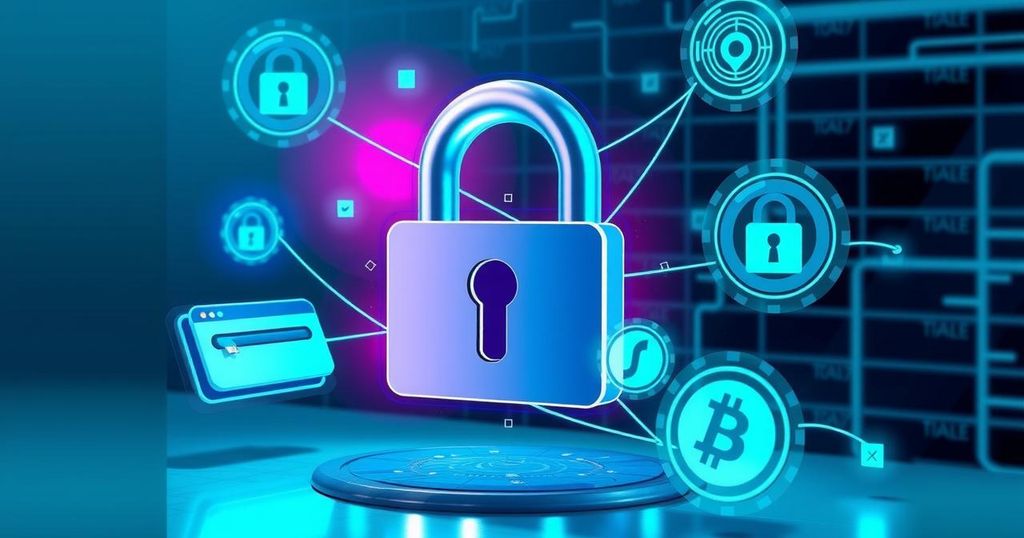Binance Survey Highlights Improved Crypto Security Practices Among Asian Users
A Binance survey indicates that Asian crypto users are adopting stronger security measures. Over 80% are using Two-Factor Authentication (2FA) while 73% verify recipient addresses before transferring funds. Despite this, advanced security practices vary among users, with significant demand for proactive threat management and educational resources to bridge knowledge gaps.
A recent survey conducted by Binance reveals significant improvements in security practices among Asian crypto users. The data shows that over 80% of participants now enable Two-Factor Authentication (2FA) and 73% double-check recipient addresses before sending funds. With 29,847 valid responses gathered from various Asian regions, the survey highlights a growing trust in security measures, particularly the Security Asset Fund for Users (SAFU) offered by exchanges.
The findings indicate that user habits are evolving; around 47.2% of those surveyed are high-frequency traders, indicating the burgeoning crypto community in Asia. However, while the overall number of users has risen sharply over the past six months, the implementation of advanced security measures varies. Although 80.5% have adopted 2FA, a lesser 17.6% and 21.5% use address whitelisting and anti-phishing codes, respectively. Alarmingly, 34.4% globally access their private keys on internet-connected devices, with Southeast Asia hitting 42%.
User awareness of scams is also rising. 73.3% of respondents verify recipient addresses, while 40.7% have experienced crypto scams. Interestingly, a significant 84% demonstrated trust in Binance’s SAFU fund, which reassures users of the emergency measures available to them. The survey also noted users routinely detecting fake tips and phishing links, despite such attacks remaining prominent.
As security concerns grow, there’s an evident demand for more proactive threat detection systems that leverage AI technologies. About 62.5% of users now expect exchanges to take a more active role in anticipating and managing risks. Half of them want malware detection for their devices, while almost 50% support biometric authentication and blacklisting suspicious addresses. This shift indicates a potential transformation in user expectations regarding crypto trading platforms, pushing them to go beyond simply being places for trading.
When it comes to wallet security, Binance Wallet stands out with its Multi-Party Computation (MPC) technology, which offers enhanced private key protection, desired by 62.8% of respondents, and improved recovery systems sought by more than 50%. By splitting and encrypting private keys, Binance aims to create a safer user experience. Meanwhile, educational gaps still persist. Over half of users found current educational resources too complicated, and many prefer simpler, scenario-based case studies.
Social media platforms like X and Facebook have high fraud rates tracking in Southeast Asia, and WhatsApp is particularly troublesome in India. Encouragingly, 61.3% of users support anti-scam initiatives from exchanges, favouring hands-on and rewarding educational activities. Binance has committed to addressing these educational needs through clearer articles that simplify security topics.
Industry-wide security protocols have become more robust over recent years; illicit addresses engaged in crypto transactions decreased from 0.61% in 2023 to 0.14%, according to Chainalysis. Binance itself has taken significant strides in enhancing security, claiming to have prevented $4.2 billion in potential user losses in 2024 alone and aided in recovering $88 million for victims of cybercrime. Jimmy Su, Binance’s Chief Security Officer, stated, “We are investing heavily in localized anti-scam education that is practical and accessible.” The measures highlight Binance’s ongoing commitment to safeguarding user assets and fostering a more secure trading environment in the evolving crypto landscape.




Post Comment